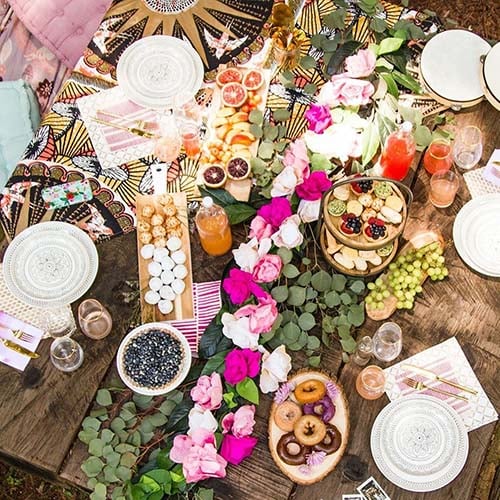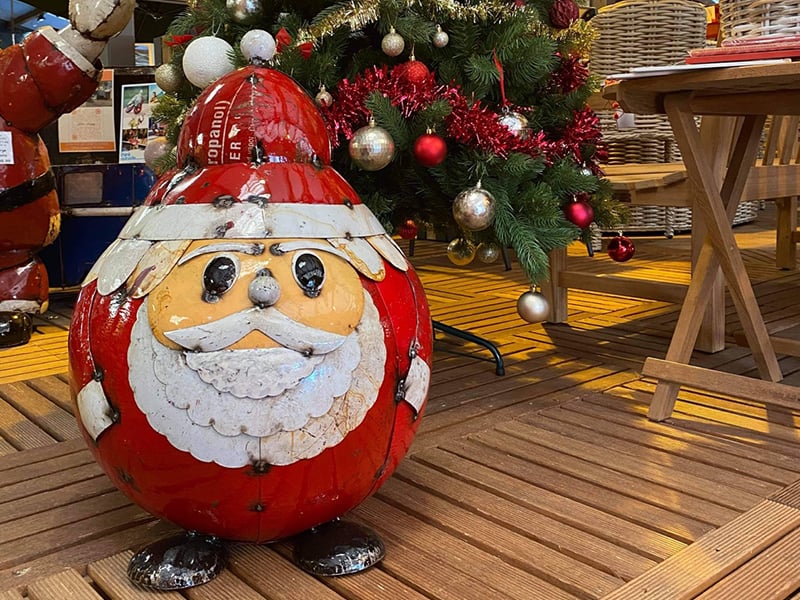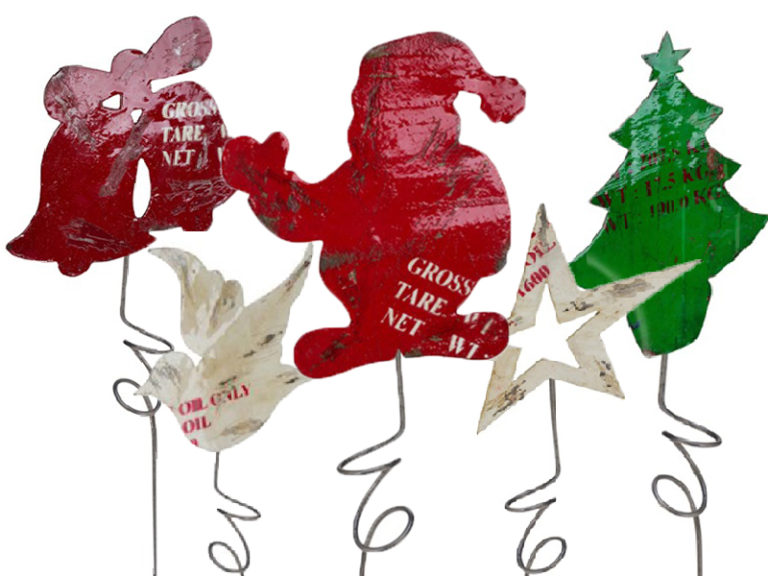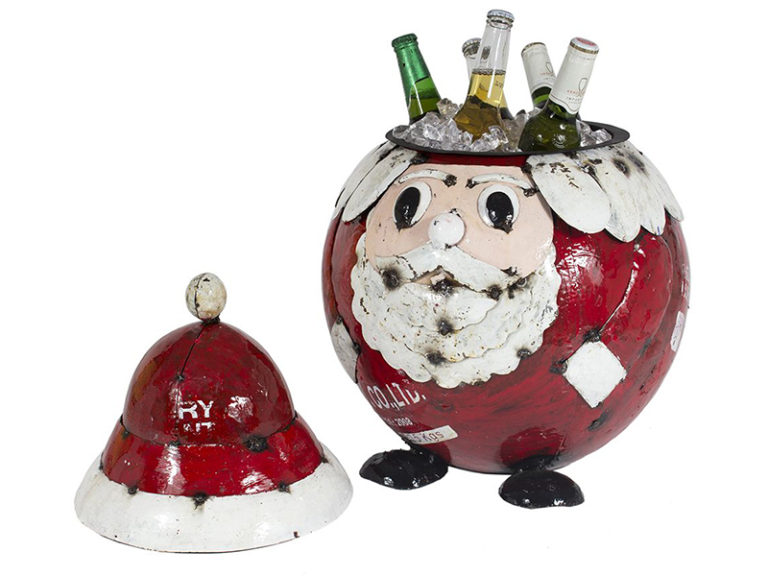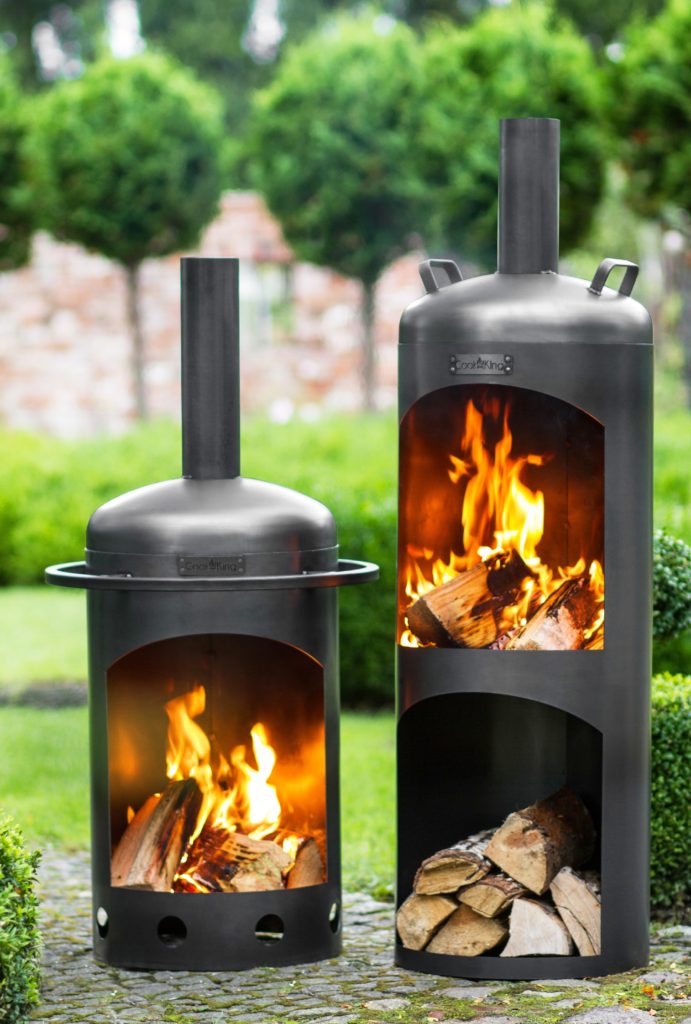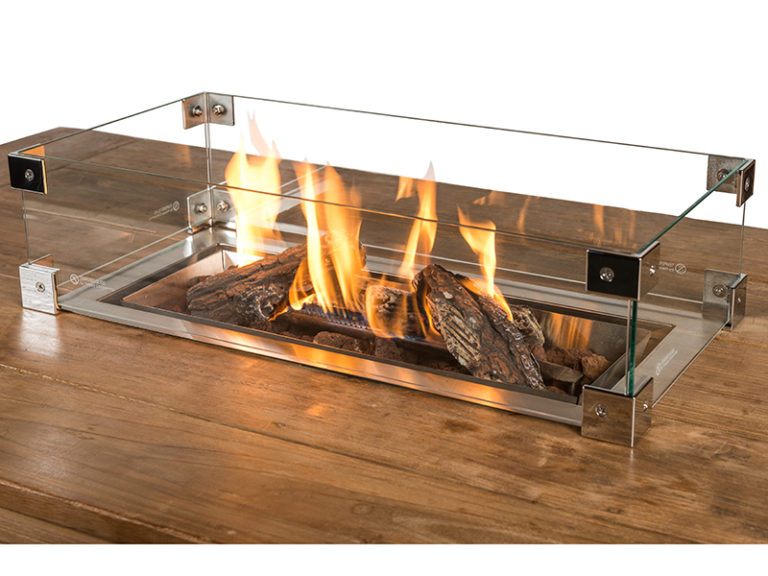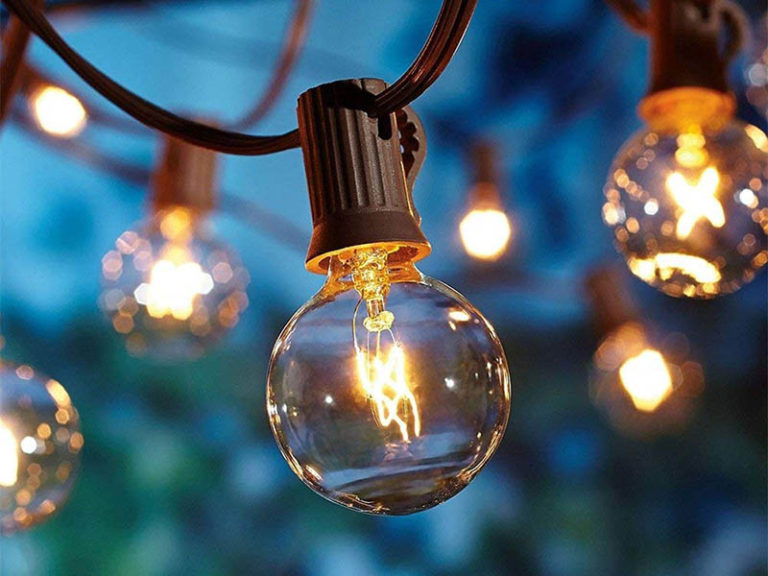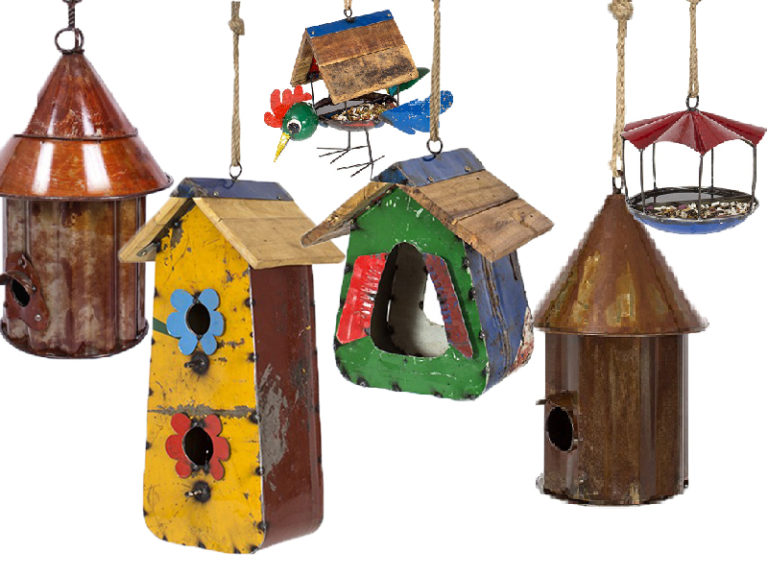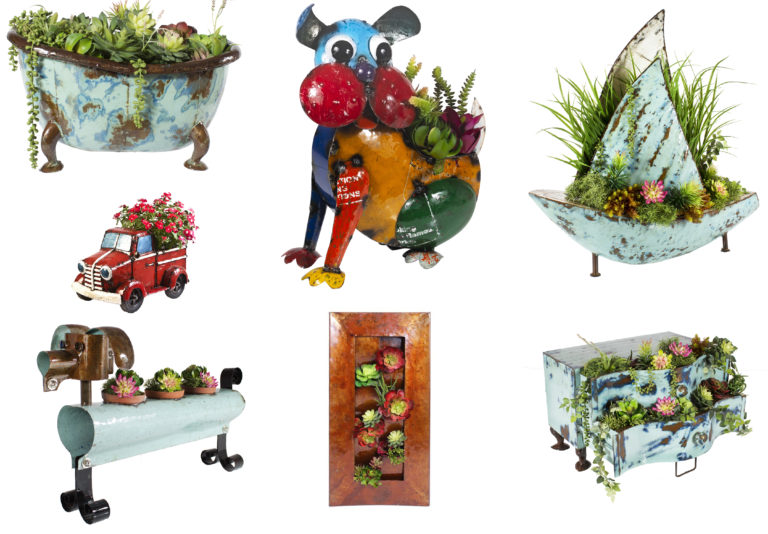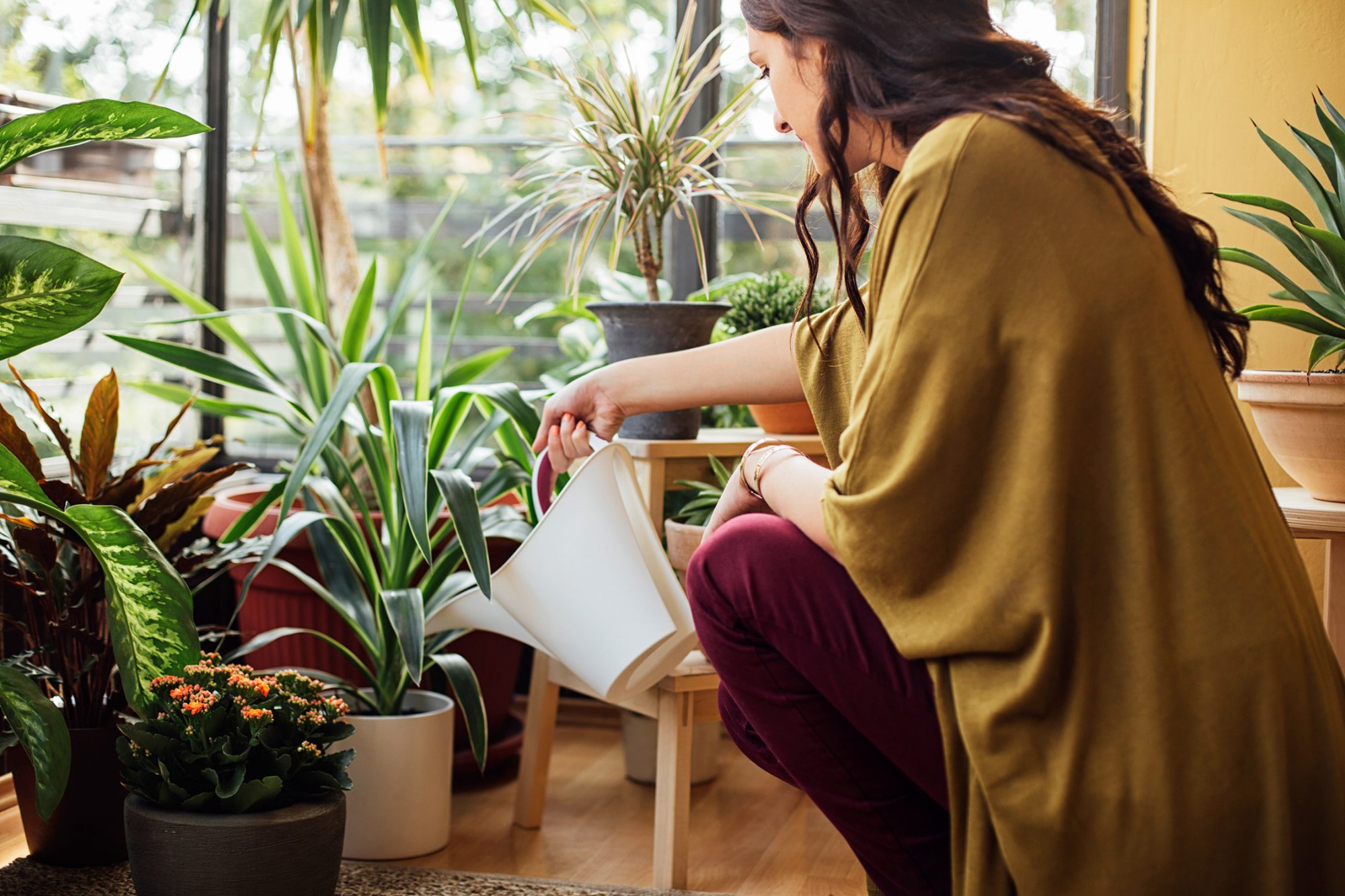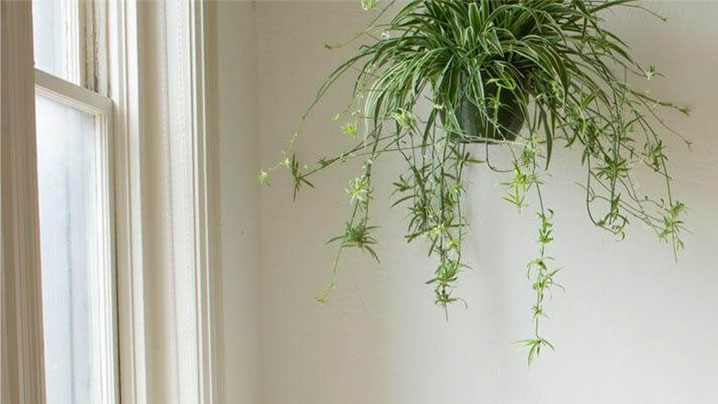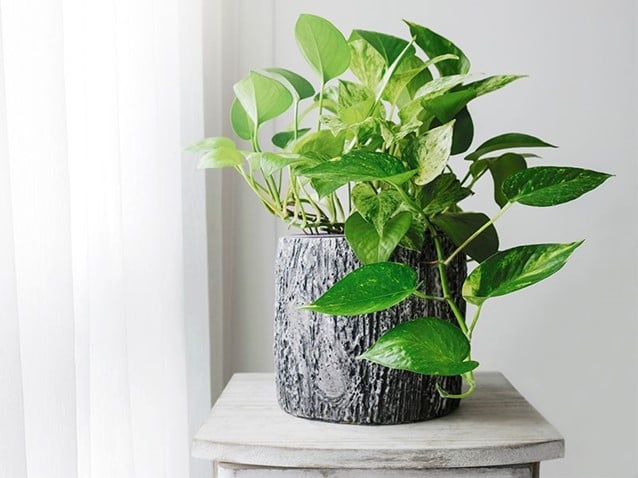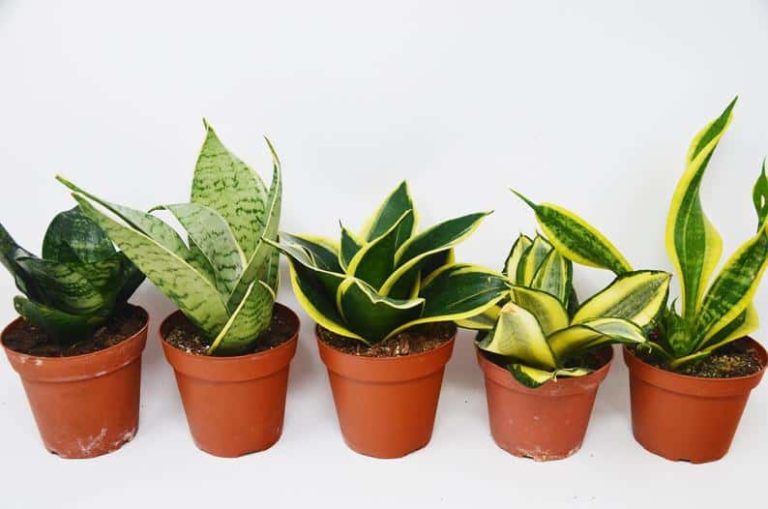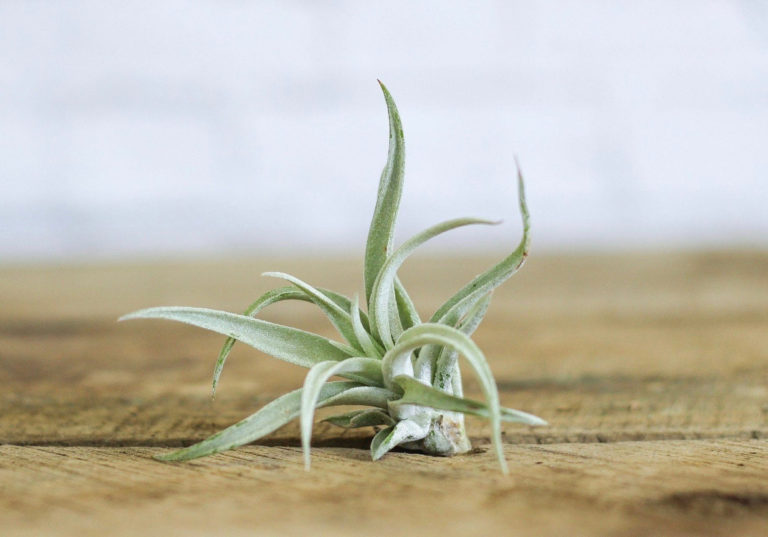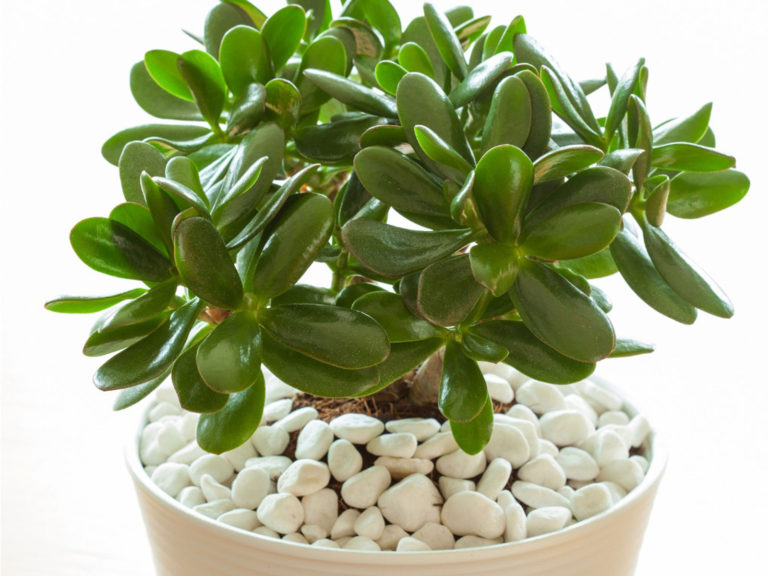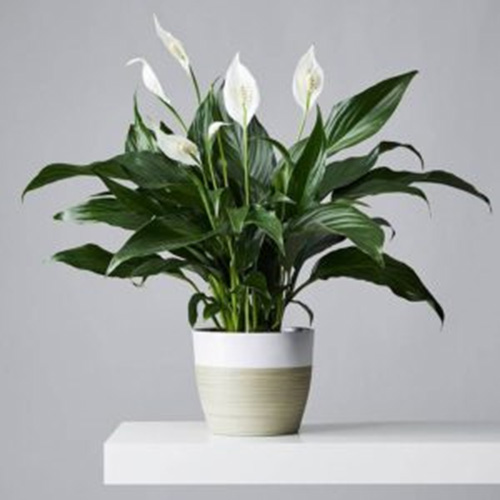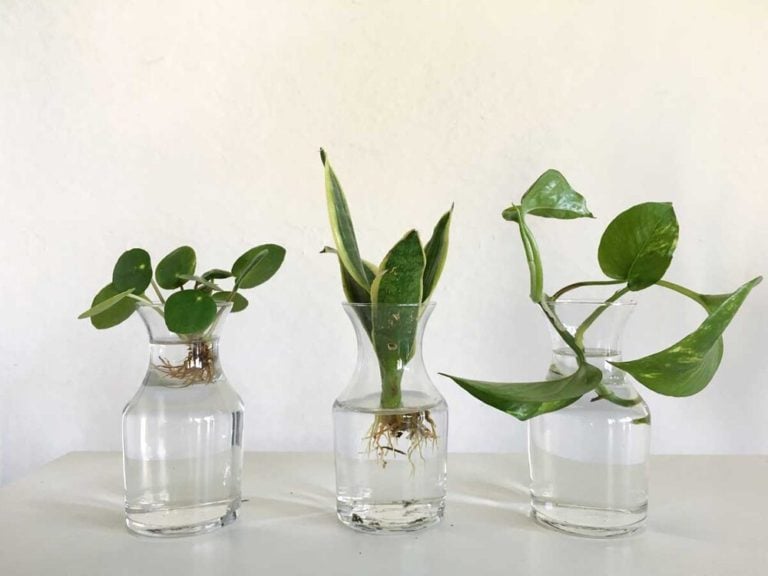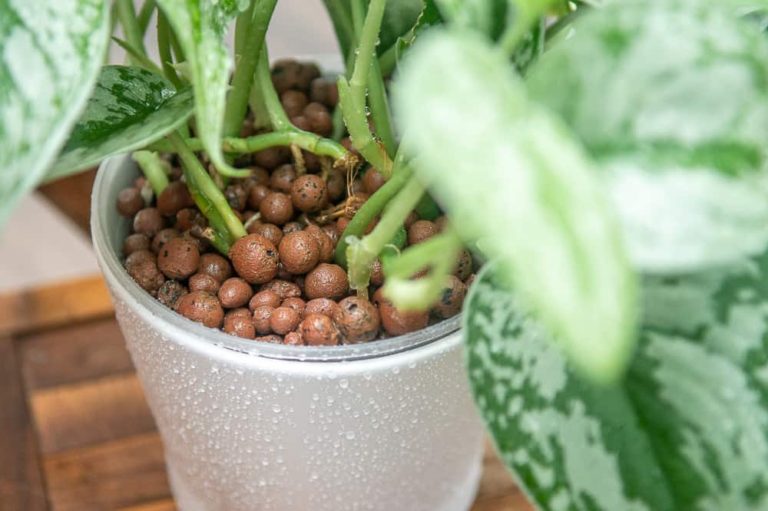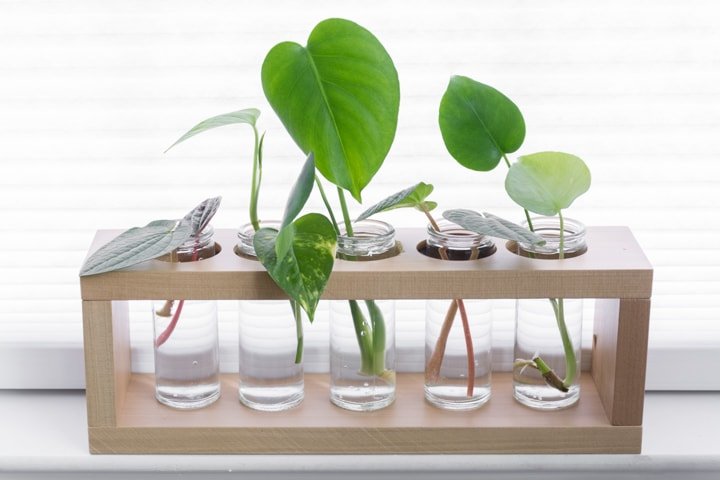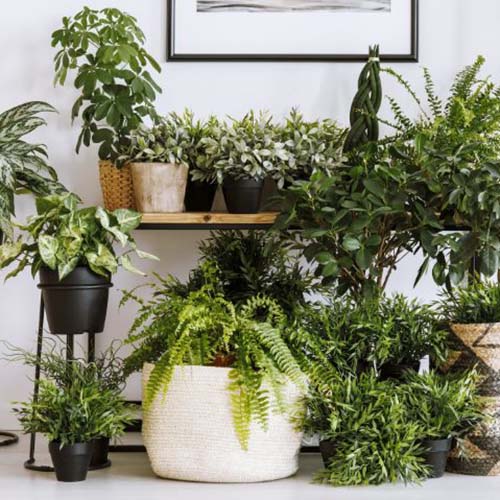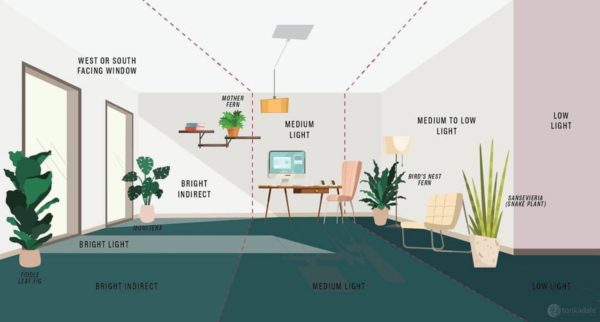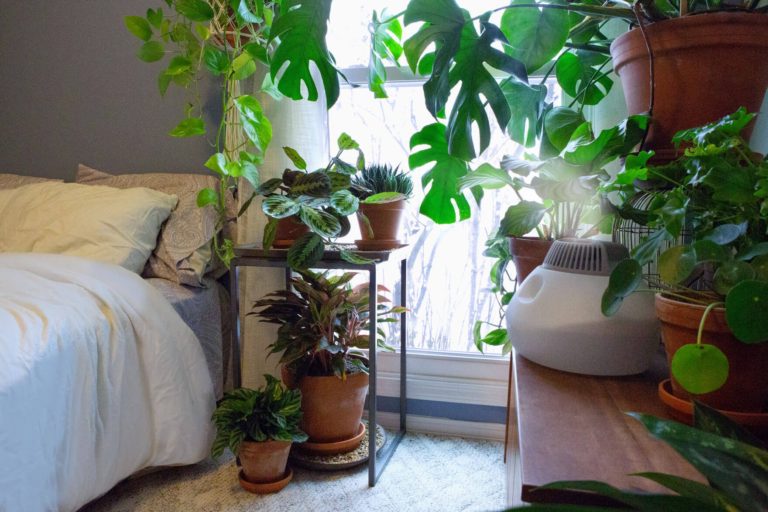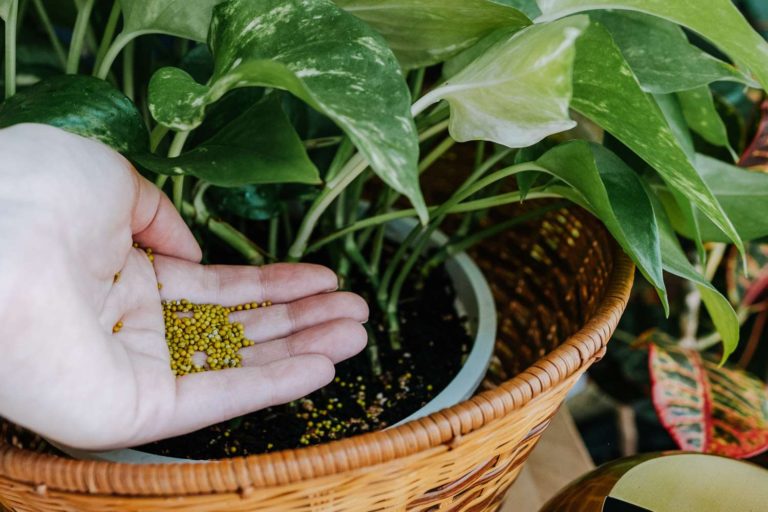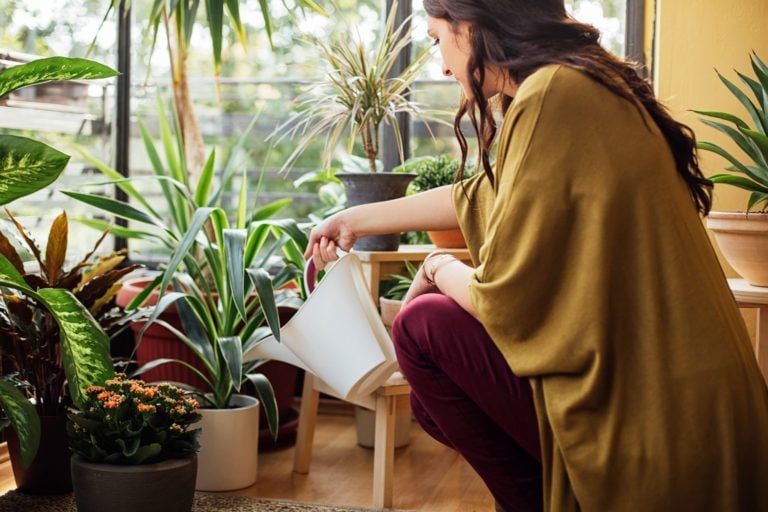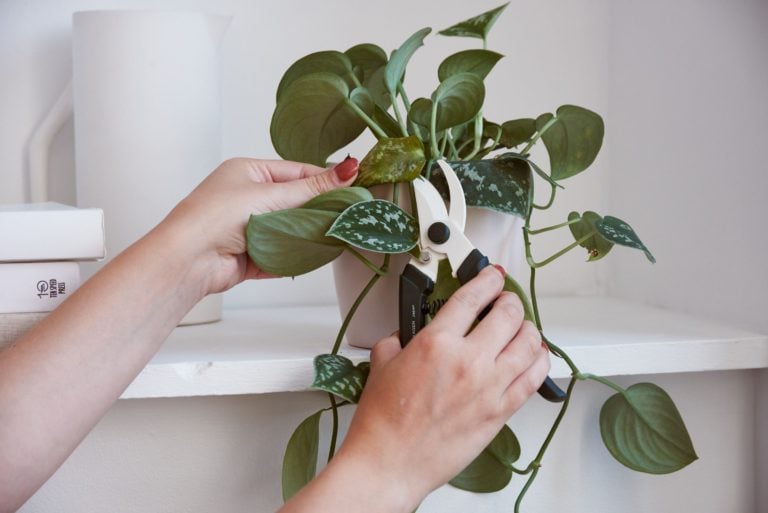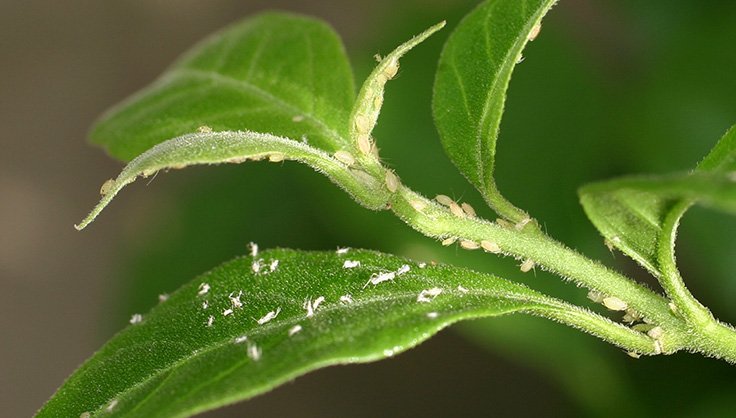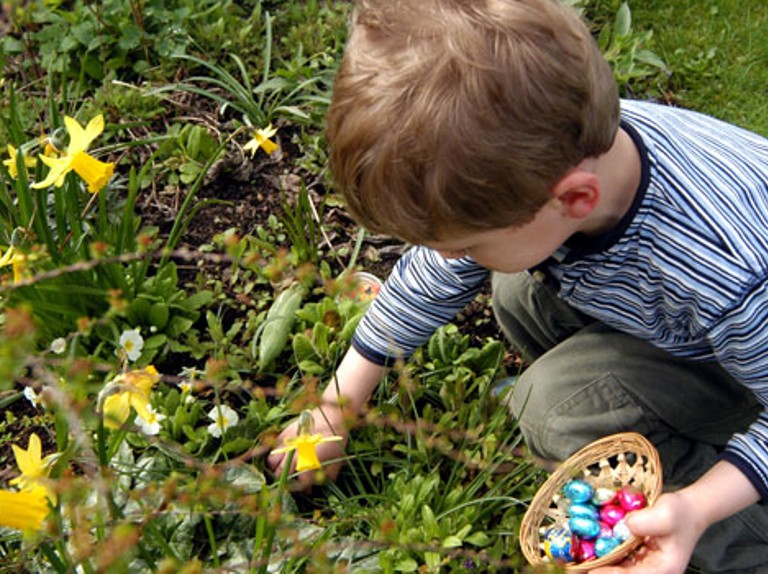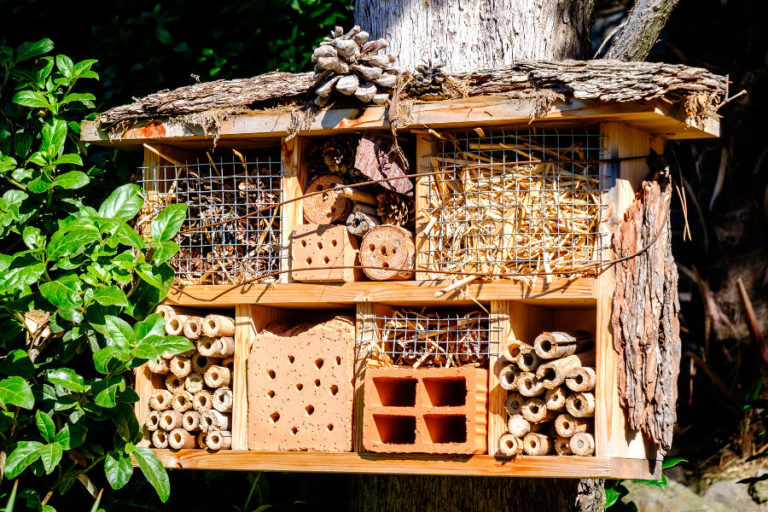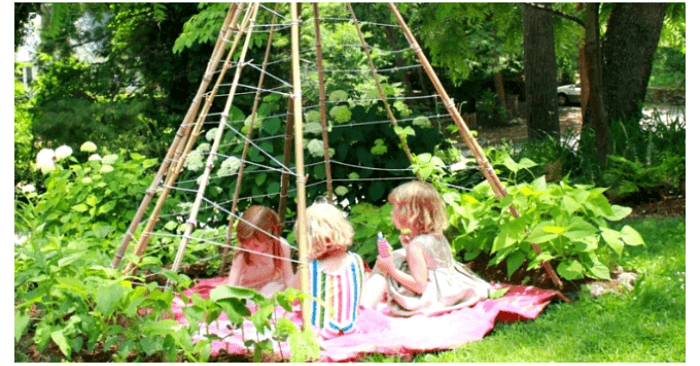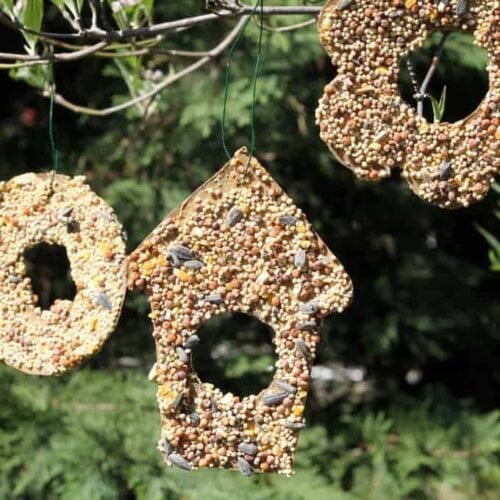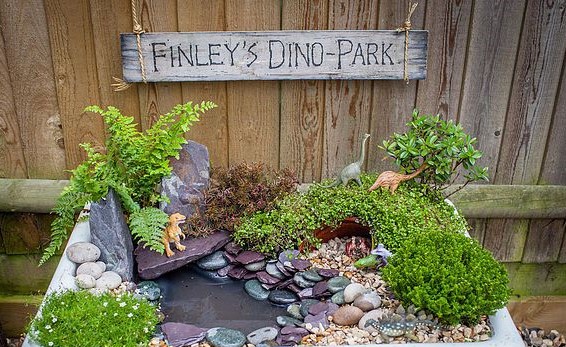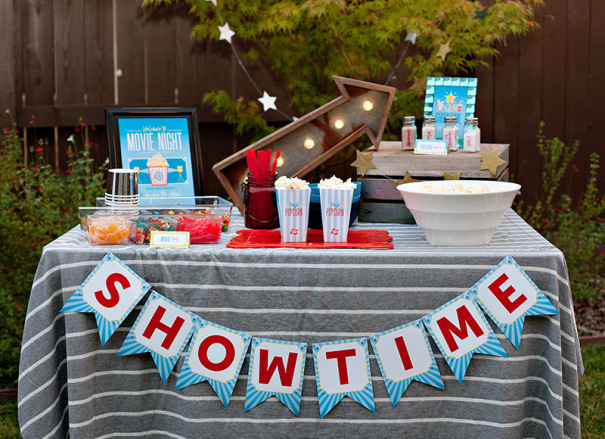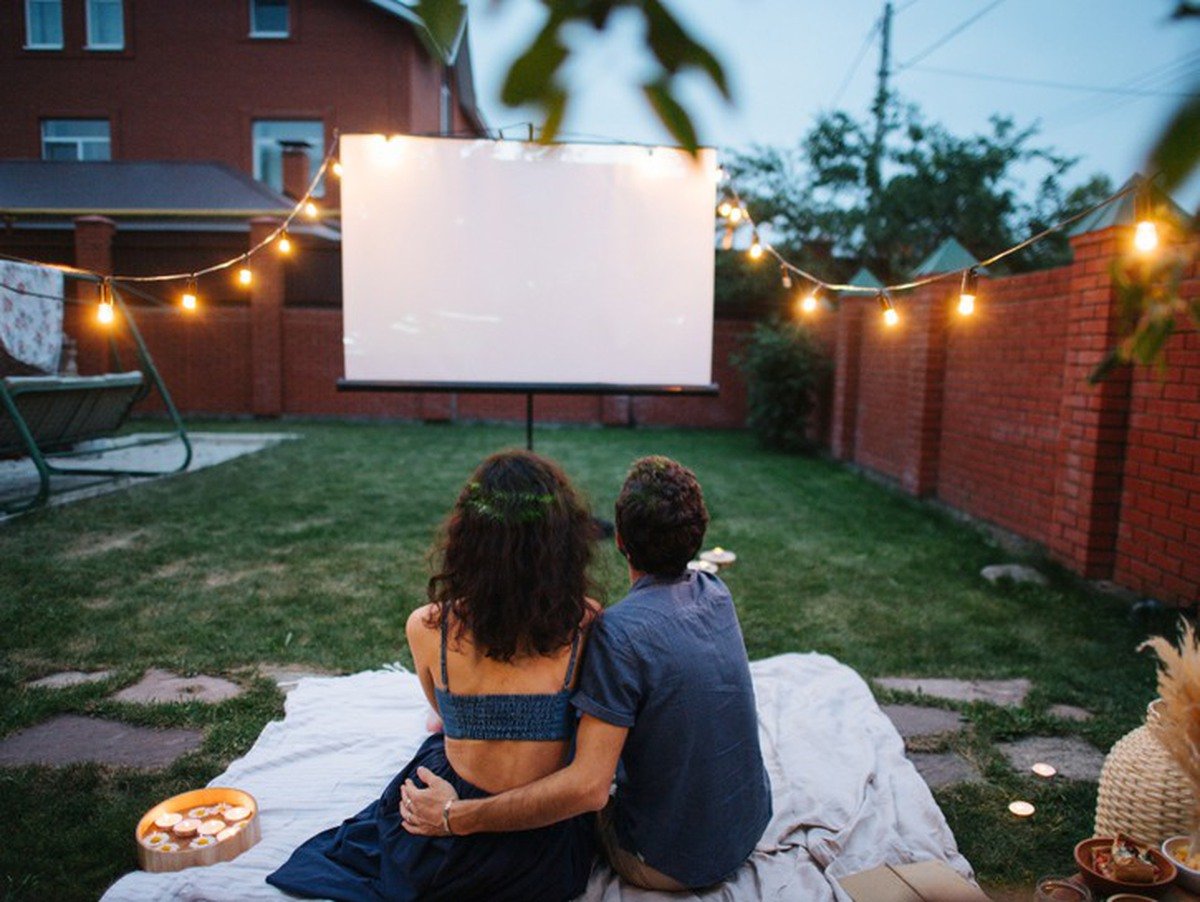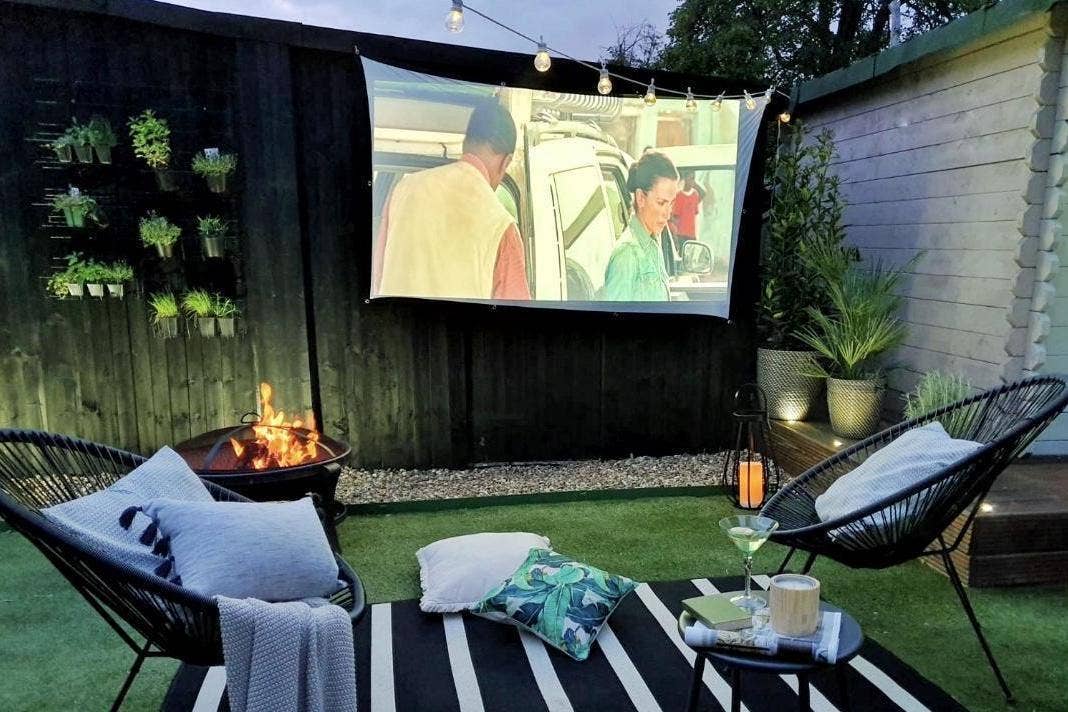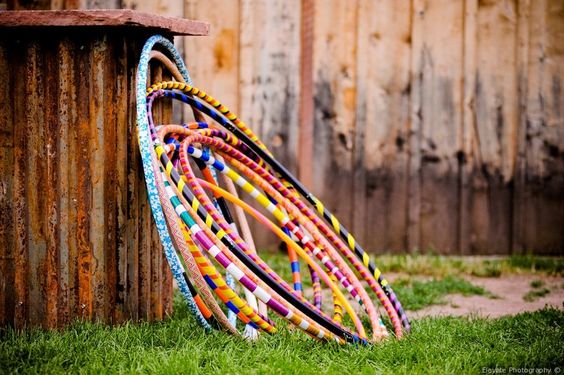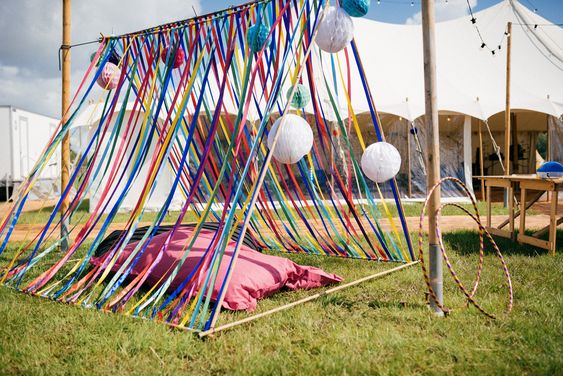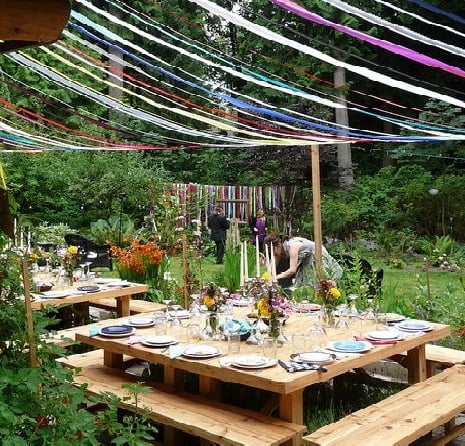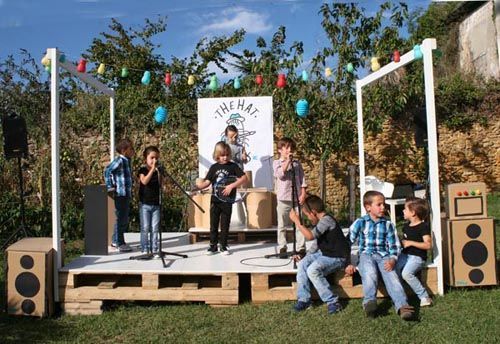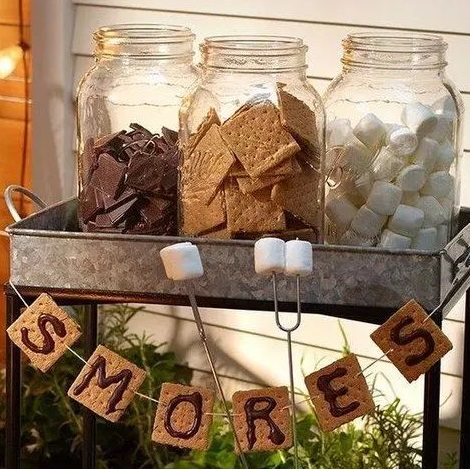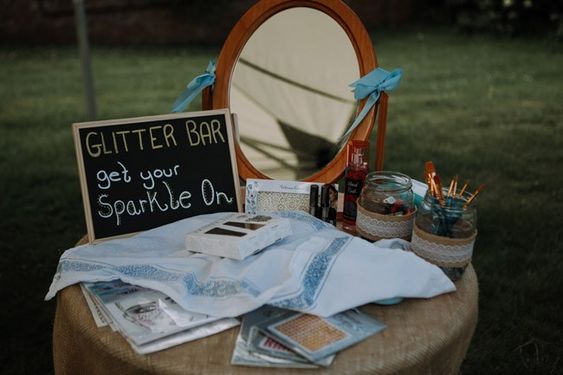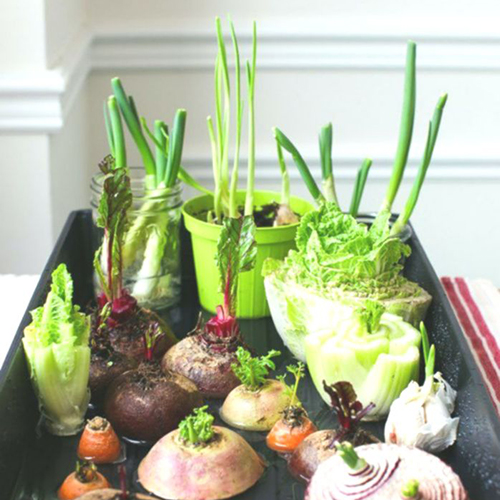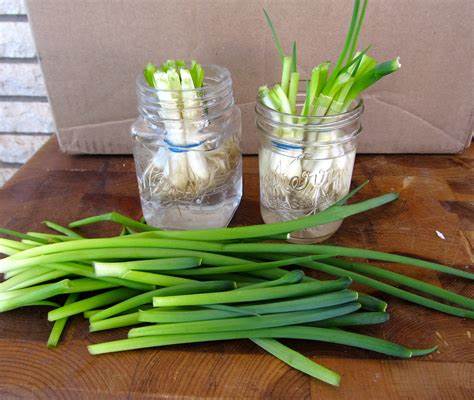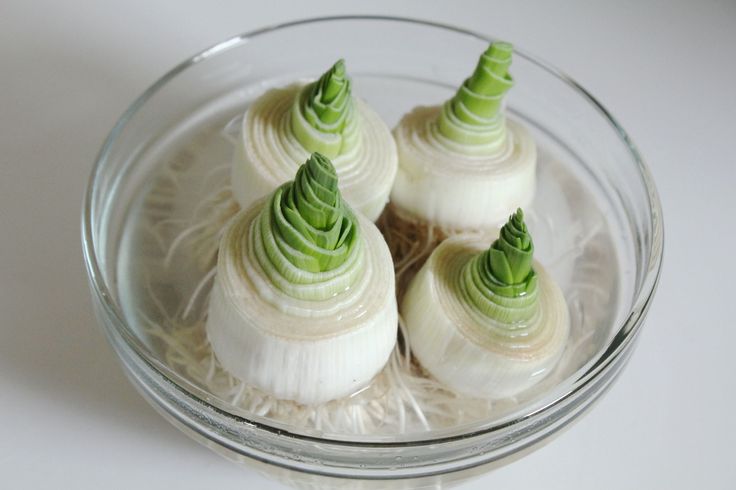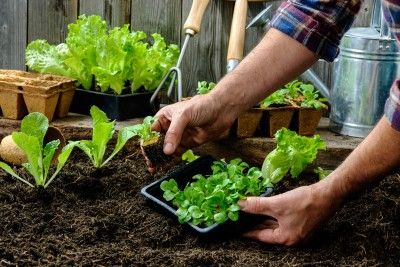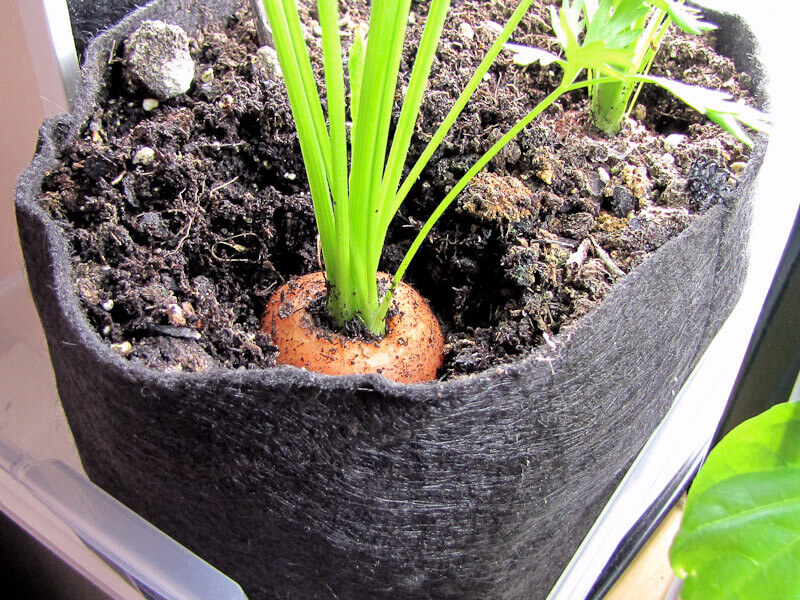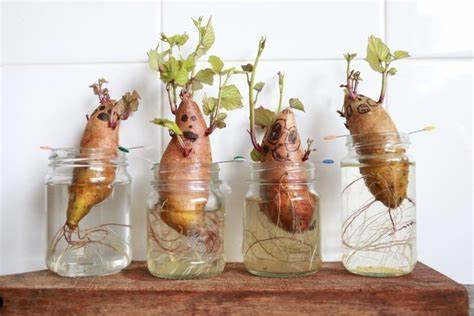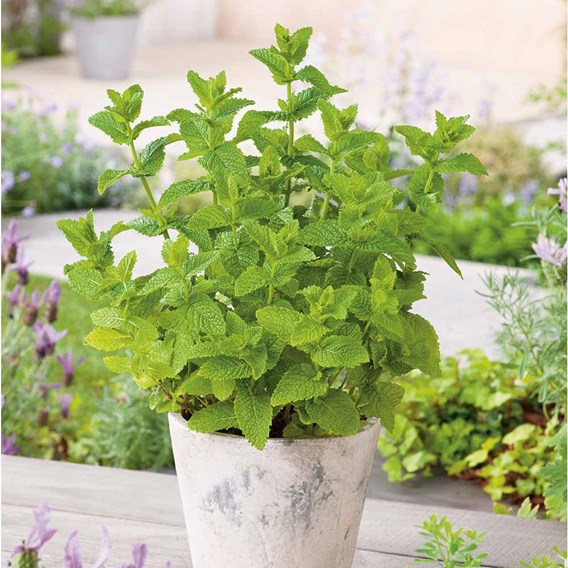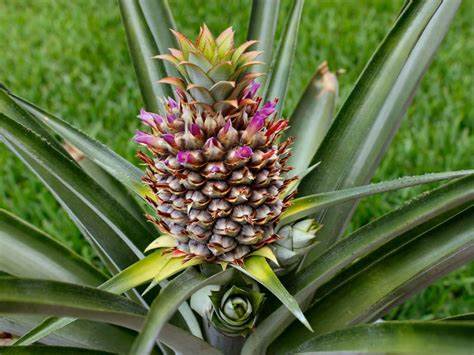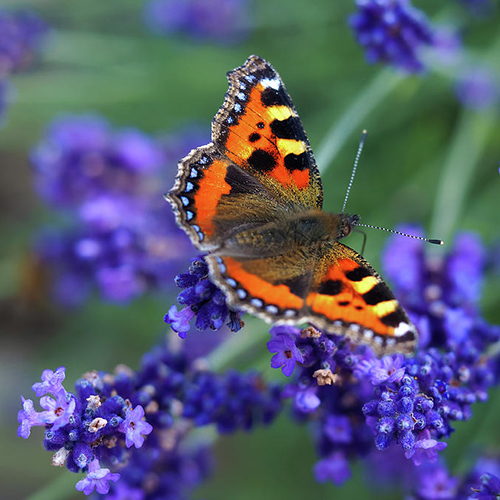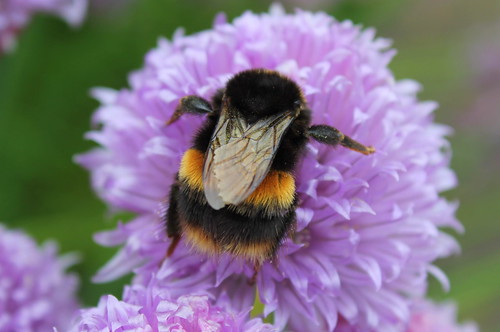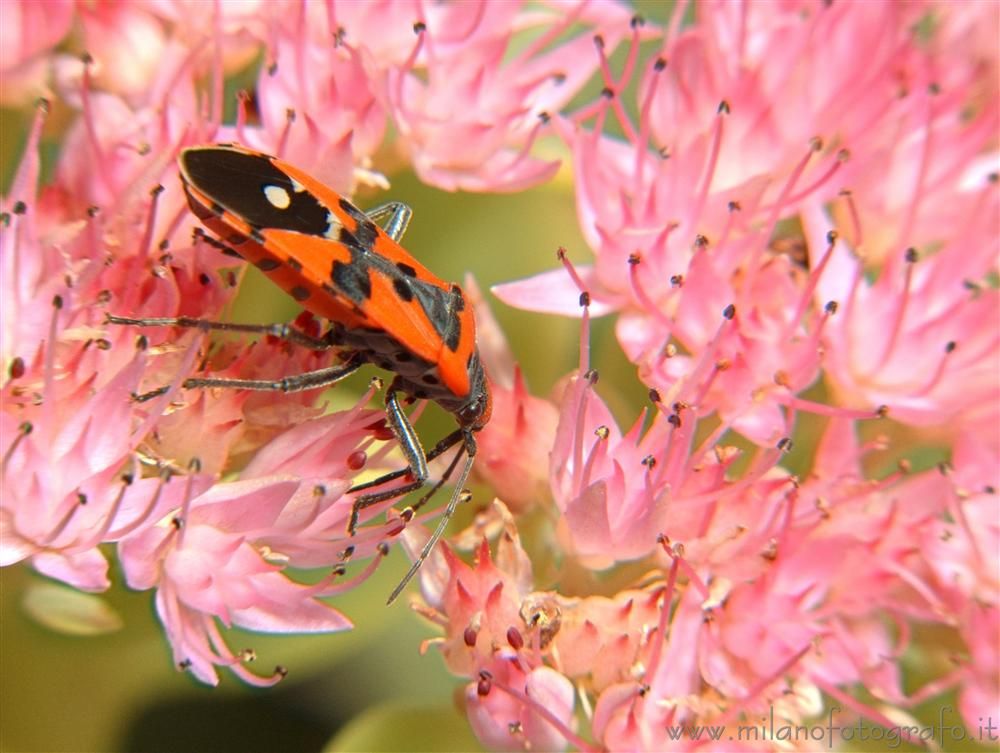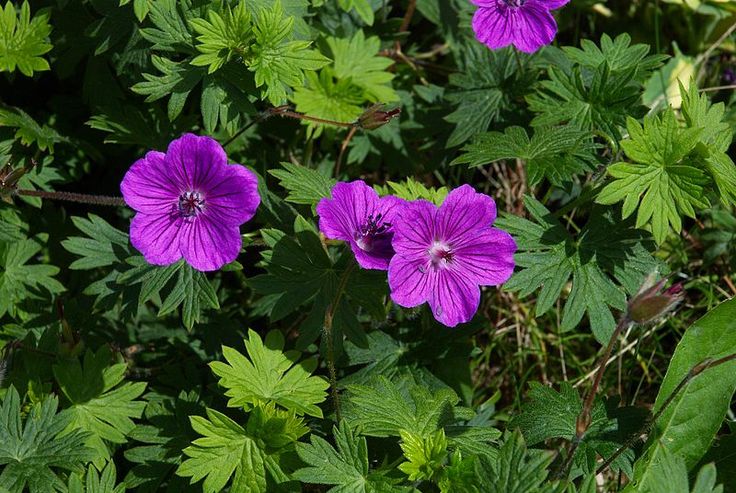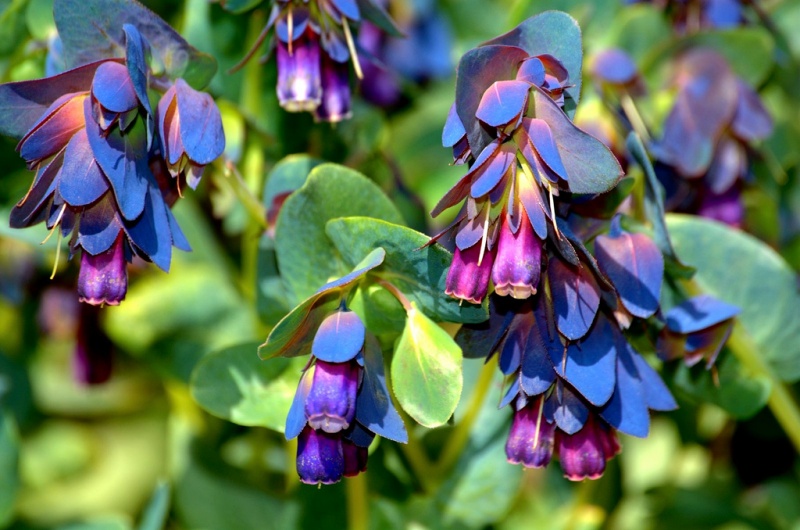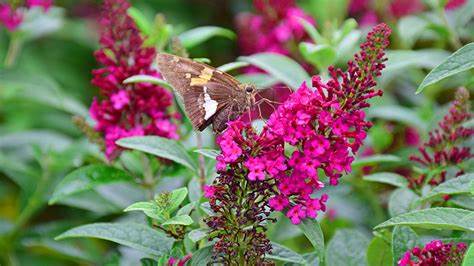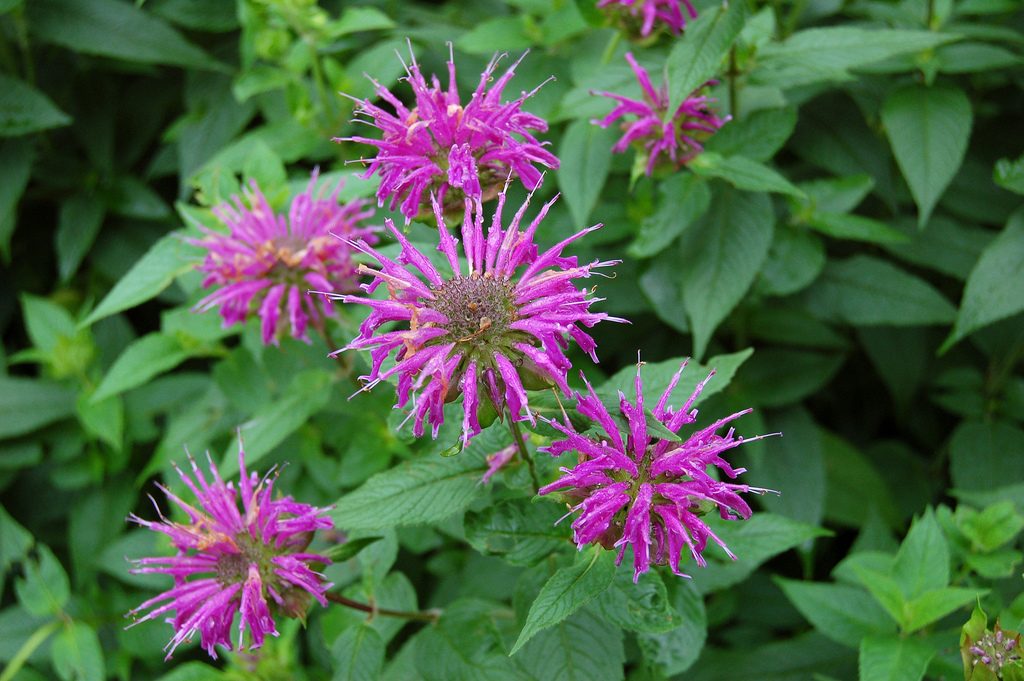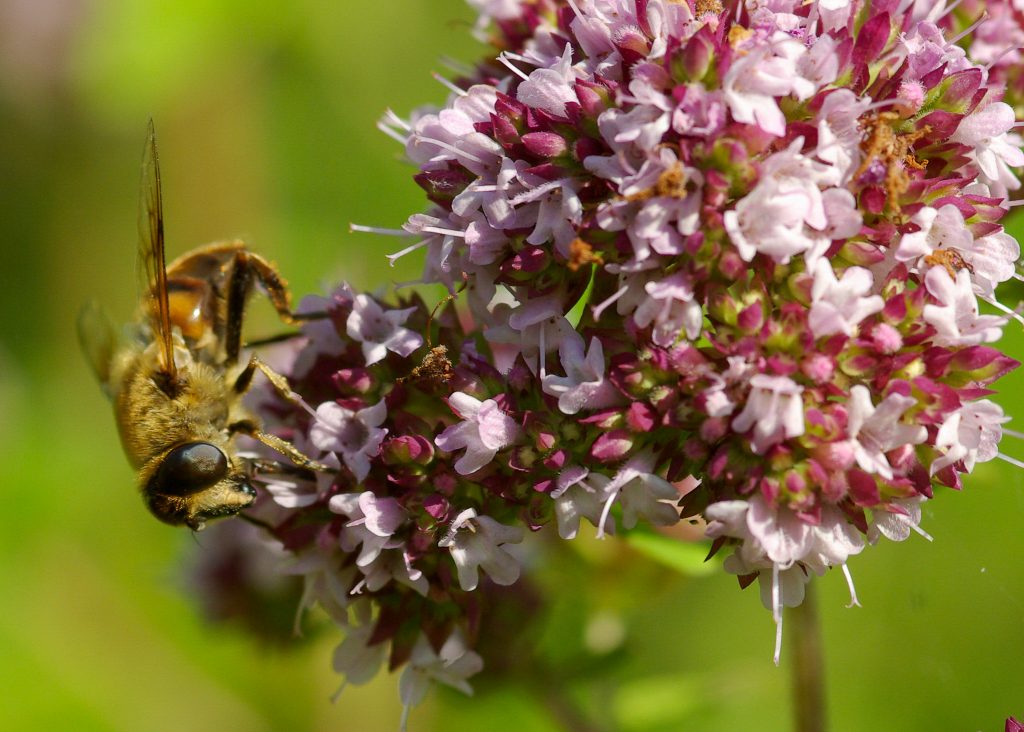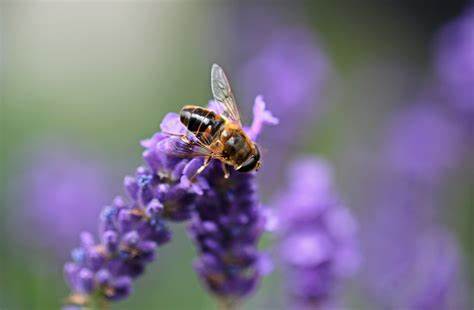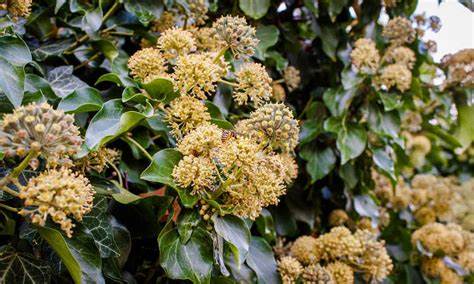Getting your garden ready for a summer party...
With restrictions lifting, we are now able to have those necessary reunions with our loved ones. If you’re planning on hosting a garden party for your reunion, you will need to know what necessary preparations to make – and that is where we can help!
We have put together a detailed guide to help you get your garden ready for a summer party, from the practical side to the fun…
TIDYING AND ORGANIZING
The first thing we all think of when we decide to host is the dreaded task of tidying and organizing. The basic tasks needed to tidy the garden is the usual - mowing, feeding the lawn, watering the plants, and de-weeding. However, when preparing your garden for a party, you will need to pop your creative hat on.
Getting creative with your garden beds by giving them a freshen up with some new plants or sowing some seeds of your own, can really help transform the garden. We recommend strong scent filled plants like jasmine, rosemary and lavender which smell divine in the evening.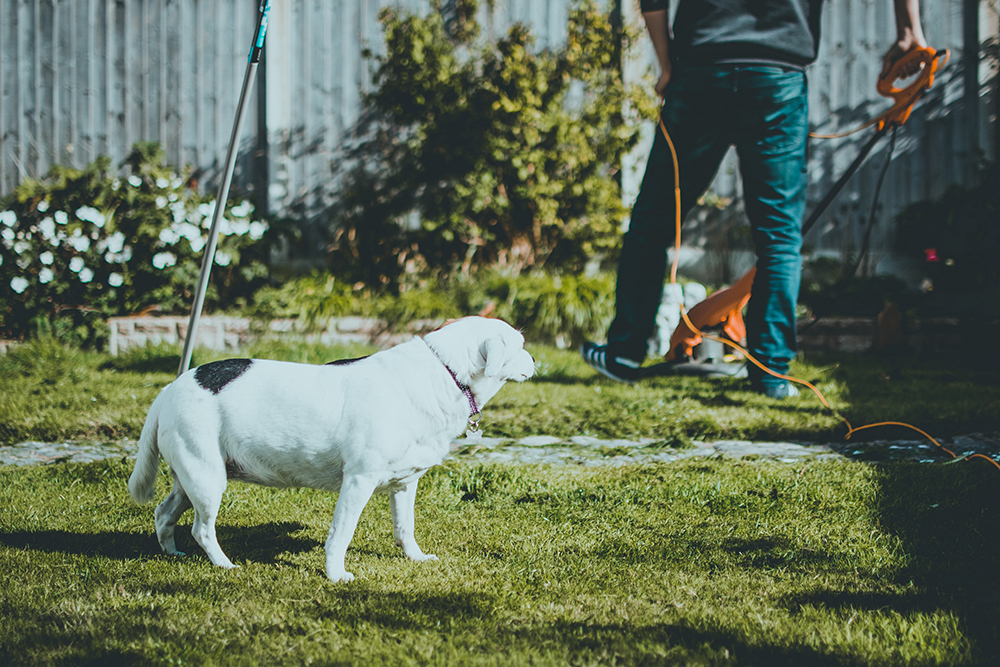
CREATING A COCKTAIL GARDEN...
Impress your guests by plucking fresh herbs and edible flowers from your impressive edible cocktail garden. A planter full of fresh herbs and edible flowers which can be used on the day for cocktails and food, really shows you have pulled out all the stops for a great party. We suggest planting these edible plants in a container or planter with helpful labels and placing this in clear view right by your bar or BBQ. If you are wondering what plants are best –you can find helpful guides online. A few ideas are lavender, spearmint, lemon verbena, Cuban mint, and thyme. We have a variety of planters which would be perfect for this – like our rub a dub tub planter’s...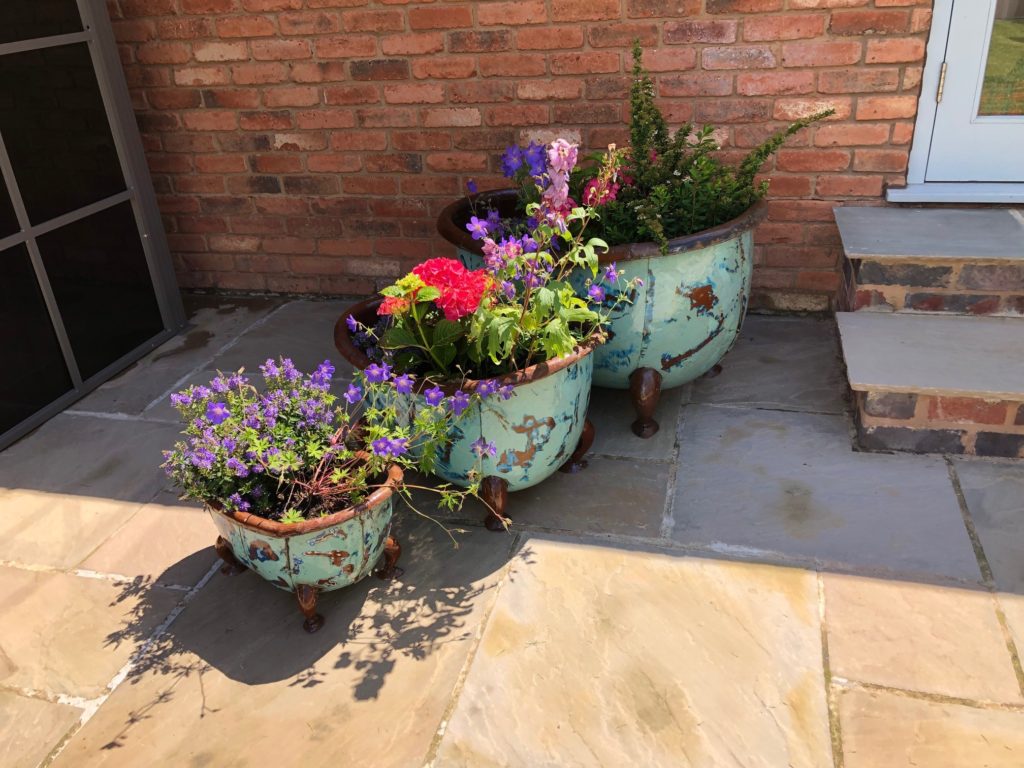 Featured: Our Rub A Dub Dub Planters.
Featured: Our Rub A Dub Dub Planters.
It will surprise you just how many different concoctions you can now make with your new bar planter!
SEATING
Outdoor seating is important and there are many different forms of it – bar, dining, and sofas. Of course, when you think of a party you think of the bar and dining area firstly. Creating a pronounced bar or dining area can help the event seem less thrown together by dividing up the garden into unique ‘zones’ during the party. Of course, if you do invest in an outdoor bar, this can also provide extra seating. Like our up-cycled Tuk Tuk Bar – perfect for a Mediterranean style garden.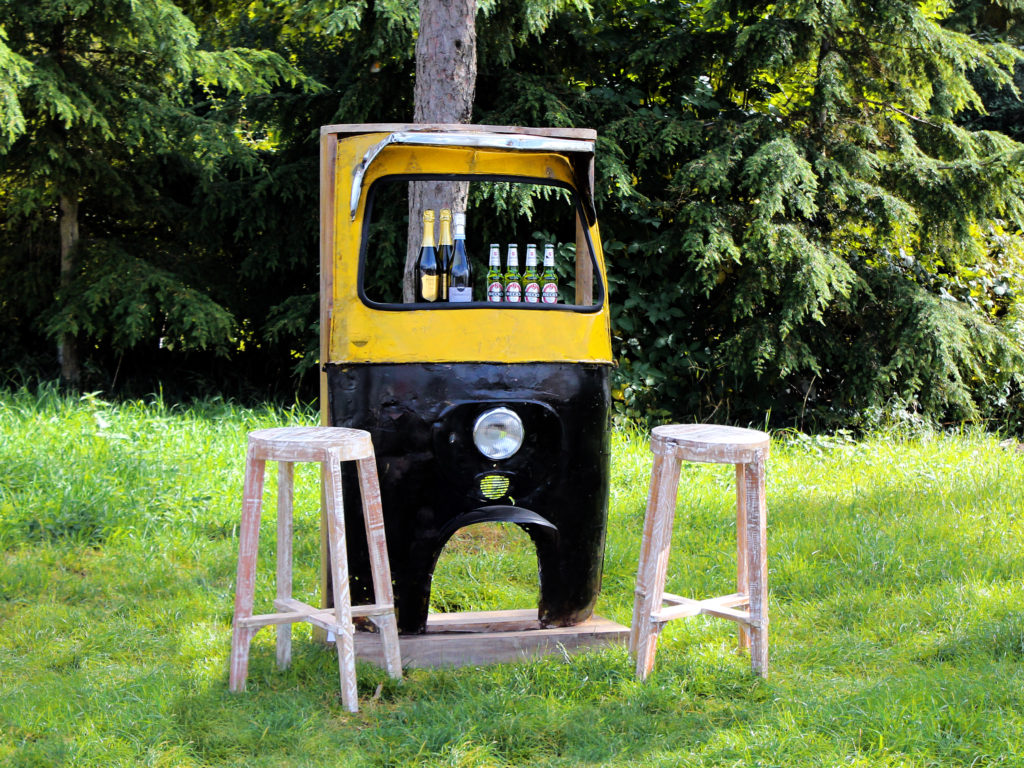 Featured: Our Up-cycled Tuk Tuk Bar With Stools.
Featured: Our Up-cycled Tuk Tuk Bar With Stools.
However, you also need an area where guests can relax and unwind. Having an outdoor sofa unit or suite is the perfect option. Our furniture is designed for comfort – and not just for one event but for an entire lifetime. For those with larger families or groups of friends, we recommend our spacious corner units such as the Fitzroy Corner Unit or Nevada Corner Unit which offer enough space to socially distance.
Tip: Adding extra comforts such as scatter cushions, outdoor rugs and blankets can also help ensure that your guests are as comfortable as possible!
SHELTER
Come rain or shine, with any gathering you need to make sure some sort of shelter is accessible. Making sure to do your research on which type of shelter is best for the area is as important as the item you purchase. Deciding on whether you want the shelter as a permanent or semi-permanent structure is also important.
If you are thinking more semi-permanent, you can choose to have a cantilever – which you can easily fold down when not in use. Using a pop-up gazebo or event shelter will also have the same effect, they may just take a bit longer to put up and takedown.
Tip: As shelters are not always designed for extreme bouts of weather, we advise implementing extra supports such as extra guy lines or fence/ground anchors where possible!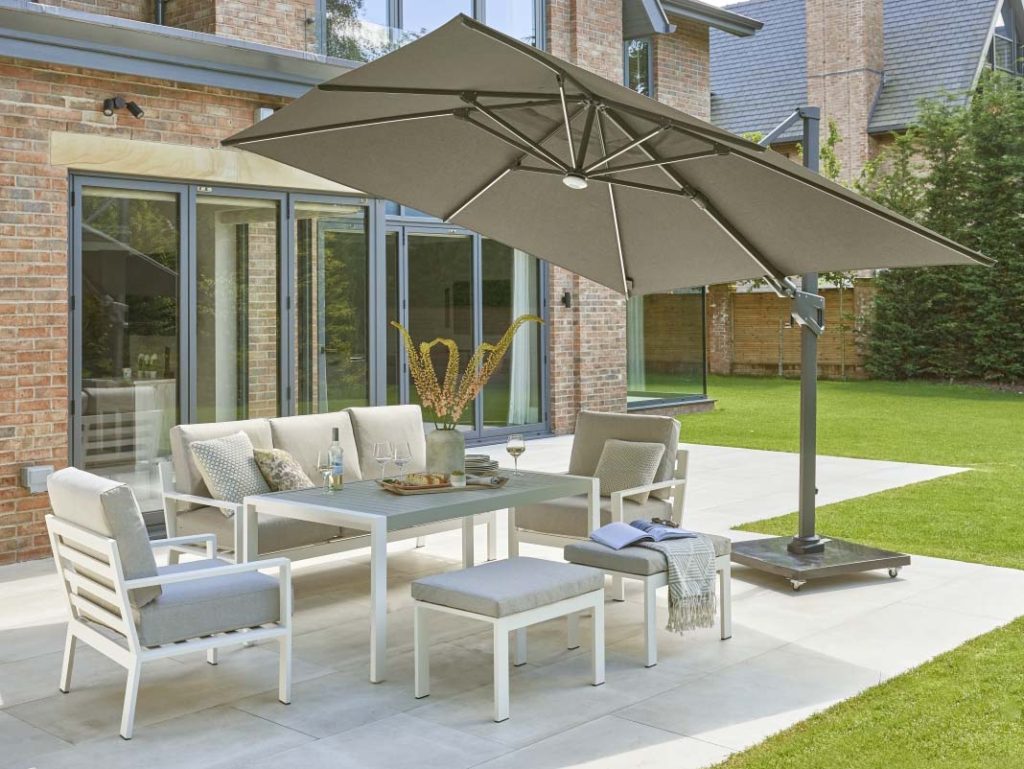 Featured: Our Royal LED Cantilever Parasol - With Built In LED's.
Featured: Our Royal LED Cantilever Parasol - With Built In LED's.
If you are looking for something more permanent, gazebos or screen-houses are practical and multi-purpose; with our screen-houses, some customers have even used them for their hot tubs!
WARMTH
Whether you’re one for toasting a marshmallow or one for simply basking in the warmth (or both!), we all love to congregate around a comfy fire once the night draws in. So we recommend having a dedicated fire-pit area tucked away in the garden with separate seating – to also help with segregating the individual areas. During cold summer nights, it's much appreciated by guests too...
Our range of fire pits includes an up-cycled VW Van inspired fire pit, classic fire bowls and the famous Chesney BBQ Heaters. Psst… we have even got log stores too – like our love heart shaped wood rack.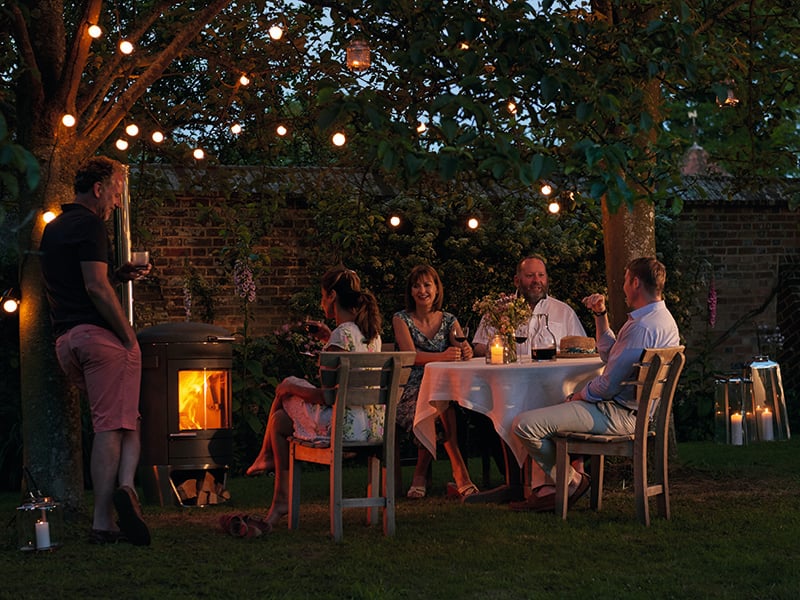 Featured: Chesney Terrace Gourmet Heater.
Featured: Chesney Terrace Gourmet Heater.
Tip: If you are looking for a source of warmth and a glow without the hazard, you can also use outdoor heaters for the same effect! Shop our heaters here.
LIGHTING
When the sun goes down, but you are having far too much fun to part ways, darkness can begin to get in the way. Strategically placing some decorative lighting throughout the garden can not only become very practical when dusk approaches, but it can also help to create a certain ambience to the evening atmosphere.
We recommend lighting up pathways with garden stakes, hanging rope lights above the social areas, and using larger lights around the main social areas. Using Eco-friendly lighting is always best, but remember to charge them under the direct sun well before the party.
Tip: As the light will attract critters, try to invest in some citronella candles as they act as extra lighting and a pest deterrent!
DRINKS COOLER
During the warm summer period, any event requires cool beverages. And being an outdoor gathering, what is better suited to the occasion than an outdoor drinks cooler? We have all seen the rather drab looking drinks coolers in the local supermarket. But did you know you can have a drinks cooler which also doubles up as a decoration? Our range of outdoor coolers is made to not only be practical but also fun and entertaining. Our range consists of anything from a turtle inspired cooler to a Motorbike Cooler!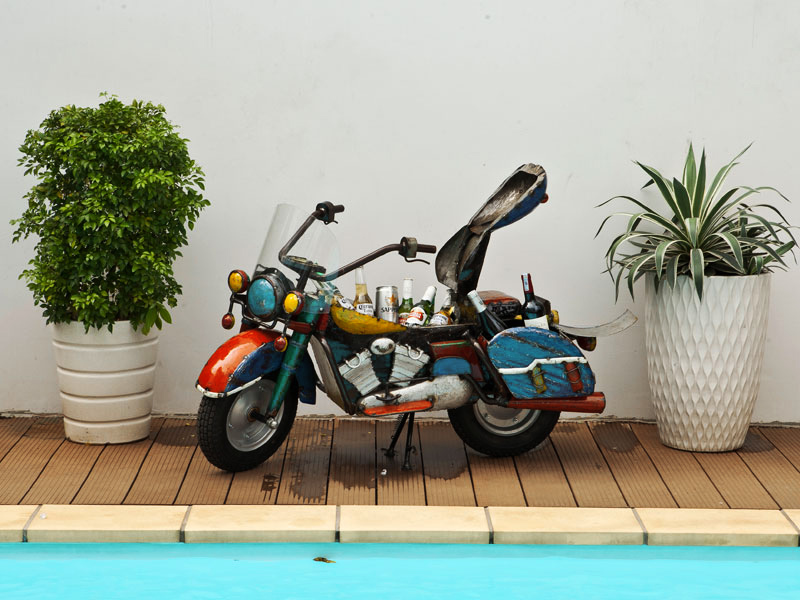 Featured: King Of The Road Cooler.
Featured: King Of The Road Cooler.
GARDEN DECORATIONS
Now, the final step of the party preparations- the decorations. Whether permanent or only semi-permanent, introducing some decorations into the garden can make for talking points and add to the overall look. For a semi-permanent approach, paper hanging lanterns, bunting, and even using flowers or scented herbs is a great approach to quickly transforming the garden – assuming the weather is on your side of course!
However, we would advise that investing in more permanent decorations in the garden is more practical due to their long-lasting nature plus they generally tend to look more expensive and finished. Our garden ornaments are built to last, even when left outside all year long. So they can deliver that extra wow factor at your party, time and time again. You can find ornaments such as the likes of Percy The Flamingo or his friends within our ornaments range. Who knows, you may even build a collection!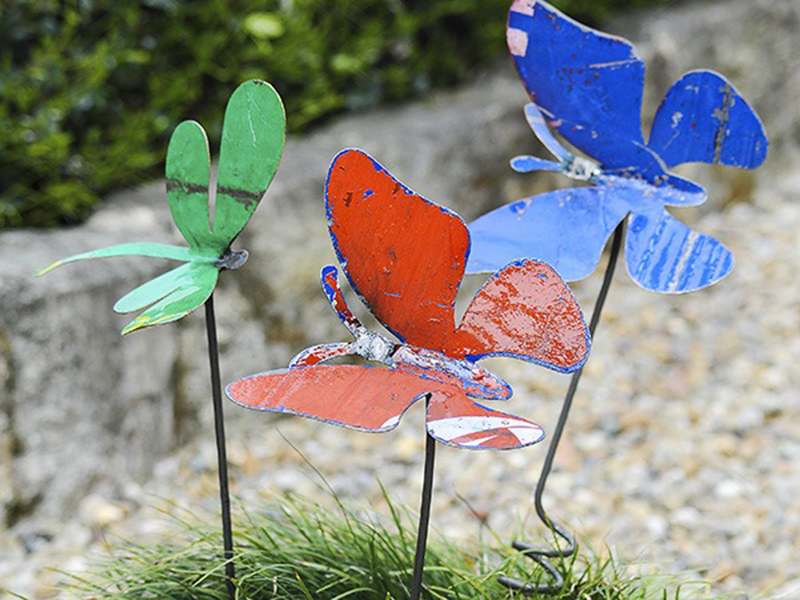 Featured: Butterfly Stakes Set Of 10.
Featured: Butterfly Stakes Set Of 10.
So, you are all set! Now it's time to kick back and relax with a nice cold beverage before the mad rush of your guest’s arrival. Good luck! We hope you will have a memorable and safe reunion with your family and friends.
If you have found this guide helpful, we would love to see your snaps – you can send these to us through our social media pages as linked below!
Blog Written By: Lucy Canoel
Blog Published By: The Garden Furniture Centre


